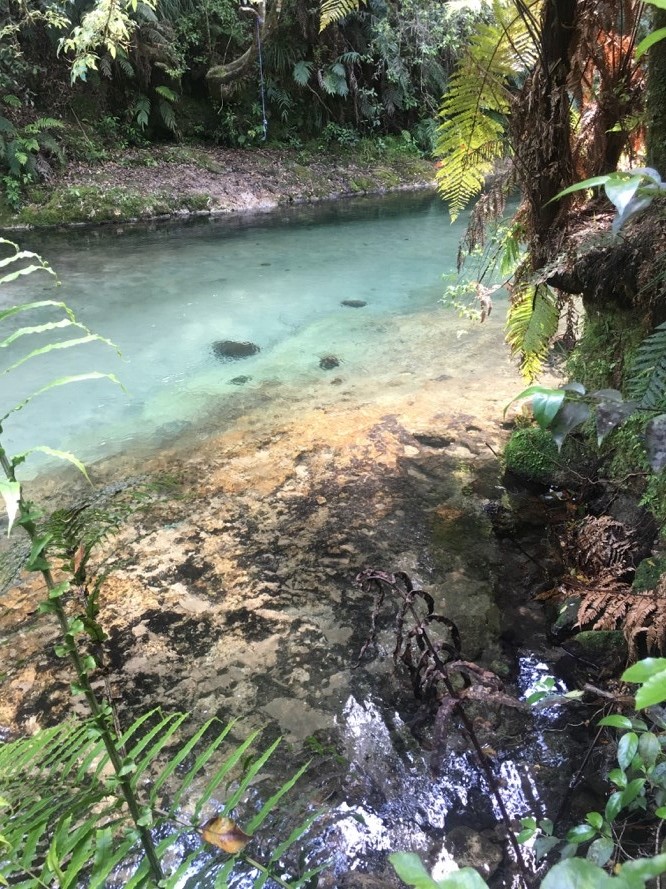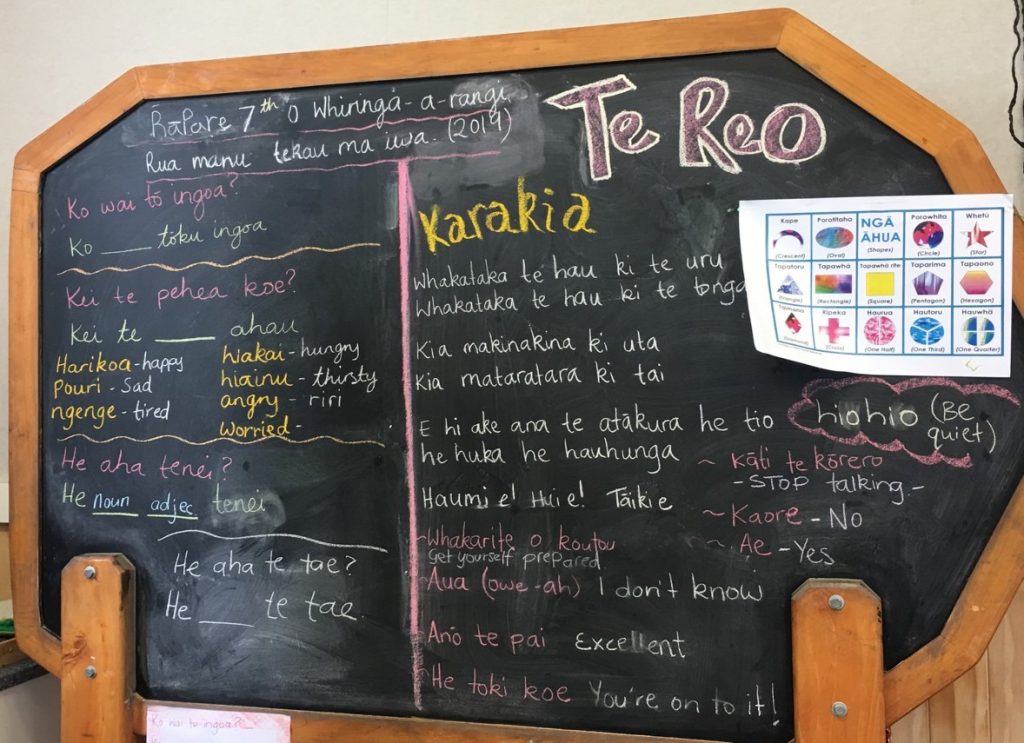
The training in Liberal Arts provide students with important communication, collaboration and language skills. The studies teach an appreciation for foreign languages, another culture and in addition, for one´s own language and culture. The courses in Liberal Arts has allowed us students to analyze language and develop a deeper knowledge of how one decodes a language. However foreign language proficiency for practical, functional communication is best strengthened in real life settings through interpersonal connections, as in Liberal Arts in Practice.
English is different here in Aotearoa/New Zeealand. Kiwis talk fast and they have a unique way of pronouncing words. It is an accent that certainly is different to the way English is spoken anywhere else in the world and the pronunciation is sometimes referred to as a ‘colonial twang’. Kiwis often flatten out their vowels when speaking. The letter ’e’ is usually elongated when pronounced. ‘Yes’ can sound like ‘yeees,’ and ‘again’ can sound like ‘ageen.’ Additionally, the letter ‘i’ can be pronounced like the ‘u’ in ‘cup’, as is the case with the kiwi pronunciation of ‘fish and chips’ sounding more like ‘fush and chups’. The sound of the consonant ‘r’ is often softened and sometimes hard to hear when Kiwis speak, where the word ‘farm’ as an example, sounds more like ‘faahm’. The prosody has one confused sometimes. Kiwis often speak with a rising tone at the end of a sentence making it sound like they are asking a question, where a question instead sounds like a statement.
Te Reo, meaning ‘the language’ is Māori language and it is an official language since 1987, along with English and New Zealand Sign Language. In the late 19th century, the colonial governments of New Zealand and its provinces introduced an English-style school system for all New Zealanders and Te Reo became a minority language in the shadow of the English spoken by settlers, missionaries and gold-seekers. From the mid 1800s, due to the Native Schools Act and later the Native Schools Code, the use of Māori in schools was slowly filtered out of the curriculum in order to become more European, but the language has since 2015 seen a revival as it became increasingly popular, as a common national heritage. The Māori language did not have an indigenous writing system when missionaries arrived around 1814 and so the Latin alphabet was introduced. Māori has five phonemically distinct vowel articulations, and ten consonant phonemes, but it is a complex language. It has mostly a verb-subject-object word order and is an analytical language that makes extensive use of grammatical particles. Time and space in Māori philosophy are unified, and so in Māori language time and space do not exist. This is a language I wish to learn more about during the rest of my stay here in Aotearoa.
Kia Ora
Jess



